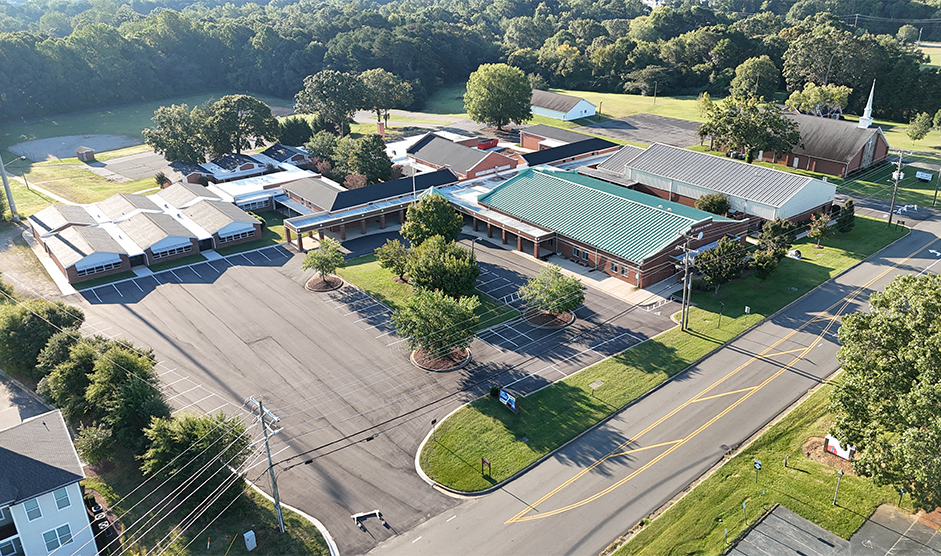Daylight Saving Time (DST) has been a topic of debate for many years. This practice involves adjusting clocks forward by one hour during the warmer months and reverting to standard time during the colder months. Proponents argue that DST saves energy and promotes outdoor activities, while opponents cite health and safety concerns. This article delves into the history, arguments, and implications of the Daylight Saving Time debate.
History of Daylight Saving Time
Daylight Saving Time was first introduced during World War I as a way to conserve energy. The idea was to make better use of daylight during longer days, reducing the need for artificial lighting and ultimately saving resources. However, this practice wasn’t uniformly adopted until the 1960s.
The Uniform Time Act of 1966 standardized DST across the country, but it allowed individual states to opt out. Since then, various states have alternated between observing DST and standard time, creating a patchwork system across the nation.
Arguments in Favor of Daylight Saving Time
Energy Conservation: Proponents argue that Daylight Saving Time helps in energy conservation by reducing the need for artificial lighting during the longer days of summer. This leads to a decrease in electricity usage, contributing to energy savings and reducing the strain on the power grid.
Promotes Outdoor Activities: DST encourages outdoor activities as people have an extra hour of daylight in the evening. This can boost tourism, retail sales, and recreational activities, benefiting the economy and overall well-being of the population.
Reduced Traffic Accidents: Some studies suggest that DST can lead to a reduction in traffic accidents due to better visibility during the evening commute. This is particularly important for safety on the roads.
Arguments Against Daylight Saving Time
Health Concerns: Critics argue that the bi-annual time change disrupts individuals’ sleep patterns and can negatively impact health. The abrupt adjustment can cause sleep deprivation and affect mood, productivity, and overall well-being.
Adverse Impact on Circadian Rhythms: The time change can disrupt circadian rhythms, leading to difficulties in adjusting to the new schedule. This disruption can be especially challenging for children, the elderly, and individuals with pre-existing health conditions.
Economic Disruptions: The time change can also lead to economic disruptions, affecting businesses and the stock market due to confusion and a potential decrease in productivity during the transition period.
Current State of the Debate
In recent years, the debate over Daylight Saving Time has gained traction, with advocates and critics pushing for changes to the current system. Some states have taken steps to address the concerns by proposing legislation to either make DST permanent or abolish it altogether.
Several states, including Arizona and Hawaii, already do not observe DST and remain on standard time throughout the year. In contrast, other states have explored the possibility of making DST permanent, aiming to provide consistent daylight hours for the majority of the year.
The Daylight Saving Time debate remains a complex and multifaceted issue. The arguments for and against DST encompass various aspects, from energy conservation and economic benefits to health concerns and disruptions in daily life. Finding a balanced solution that addresses the interests and concerns of all stakeholders is essential to move forward and make informed decisions regarding this long standing practice.



















